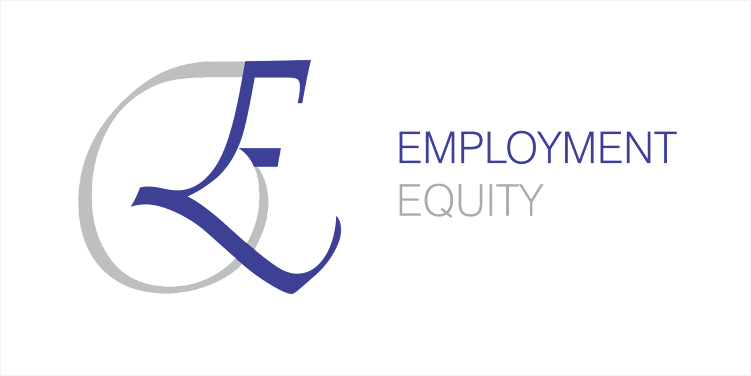How to submit employment equity reports online?
Submitting Employment Equity reports online in South Africa is a straightforward process that can be done through the Department of Employment and Labour's online reporting system.
Here are the steps that our hypothetical company ACME would need to follow:
- Register on the Employment Equity Online Reporting System: ACME would first need to register on the Department of Employment and Labour's online reporting system. This would involve providing some basic information about the company and creating a user account.
- Prepare the Report: ACME must prepare its Employment Equity report per the Employment Equity Act requirements. This would involve gathering data on the company's workforce, broken down by race, gender, and occupational level, and outlining the progress that has been made towards achieving the goals set out in the company's Employment Equity Plan.
- Submit the Report: Once the report is prepared, ACME will log into the online reporting system and submit the report. This would involve filling in the online form and uploading any necessary documents.
- Confirmation: After the report is submitted, ACME will receive a confirmation from the Department of Employment and Labour. It's important to keep this confirmation as proof of submission.
Remember, submitting the report by the due date is crucial to ensure compliance with the Employment Equity Act and avoid any potential penalties.
If your organisation is experiencing any employment equity
challenges, received a compliance order or has been subpoenaed. Please don’t
hesitate to contact me.
Stephan du Toit.
Senior Advisor.
To find more in-depth information on compliance and employment equity implementation, feel free to visit our other resources and platforms.
 SHOP NOW
SHOP NOW

Template Policies & Procedures.
Recruitment framework. (Advertising and head-hunting, Job application, Short-listing, Reference checking, Interview Questions, Suitability and assessment, Making Job-offer, Recordkeeping.)
Prevention
and elimination of harassment and unfair discrimination policy and procedure.
(Grievance policy procedure, definitions of all types of harassment, template
forms to lodge, notify, perform hearings, appeal and monitor instances, Emergency
procedures, counselling for trauma, rape and murder in the workplace.)
E-Books
Leadership
and management principles summary.
Staff
buy-in with gamification.
Library & resources
For your convenience, here are more Employment Equity resources.
EEA5
- Dept Labour Written Undertaking.
EEA12
& EEA13 Employment Equity Plan
The
Codes of Good Practice, on HIV, Remuneration, Disability...
The
Employment Equity Act, Regulations, Amendment...
EEA2,
EEA4, EEA5, EEA6, EEA7, EEA10, EEA13...


